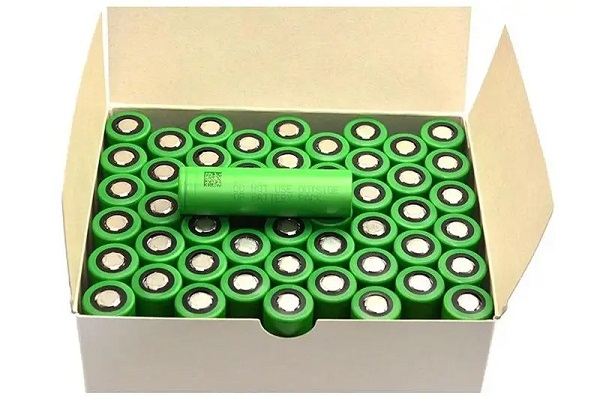What is the real lifespan of a LiFePO4 battery pack? In fact, the lifespan of lithium battery packs is similar. Whether it is a LiFePO4 battery or a ternary lithium battery, the actual service life is related to the user’s usage and protection. In this article, how long is the real life of a LiFePO4 battery pack?

What is a LiFePO4 battery?
A LiFePO4 battery is a type of lithium ion battery, which refers to a lithium ion battery using LiFePO4 as a positive electrode material. It is characterized by strong safety and stability, high temperature resistance and good cycle performance.
How long is the real life of a LiFePO4 battery pack?
The cycle life of long-life lead-acid batteries is about 300 times, and the maximum is 500 times. The LiFePO4 power battery has a cycle life of more than 2000 times. The lead-acid battery of the same quality is “new half year, old half year, and maintenance and maintenance for half a year”, which is only 1~1.5 years at most, while the LiFePO4 battery pack is used under the same conditions, the theoretical life will reach 7~8 years.
LiFePO4 battery packs are generally available for about 8 years; but if used in the south. The life of LiFePO4 batteries is longer than 8 years. The theoretical life of the LiFePO4 battery pack also exceeds 2,000 charge-discharge cycles, and even if it is charged once a day, it can last for more than five years. Generally speaking, it is charged every three days for daily household use, and it can also be used for about eight years. However, due to the poor low temperature performance of LiFePO4 batteries, the life of LiFePO4 batteries will be relatively longer in southern regions.
The service life of a LiFePO4 battery pack is about 5,000 times, and the battery has its own cycle and discharge times (such as one thousand times). If the battery is charged and discharged more than this number of times, the battery will end of life, and the complete discharge will seriously affect the use of the battery. , so don’t over-discharge just fine.
The advantages of LiFePO4 battery pack compared with lead-acid battery:
1. Large capacity. The lithium battery cell can be made into 5Ah~1000Ah (1Ah=1000mAh), while the lead-acid battery 2V cell is usually 100Ah~150Ah, and the variation range is small.
2. Light weight. The volume of the LiFePO4 battery pack of the same capacity is 2/3 of the volume of the lead-acid battery, and the weight is 1/3 of the latter.
3. Strong fast charging capability. The starting current of LiFePO4 battery pack can reach 2C, which can realize high-rate charging; the current requirement of lead-acid battery is generally between 0.1C and 0.2C, which cannot achieve fast charging performance.
4. Environmental protection. Lead-acid batteries contain a large amount of heavy metals – lead, which produces waste liquid, while LiFePO4 battery packs do not contain any heavy metals and are pollution-free during production and use.
5. Cost-effective. Although lead-acid batteries are cheaper than LiFePO4 batteries because of their cheap materials, the purchase cost is lower than that of LiFePO4 batteries, but they are less economical than LiFePO4 batteries in terms of service life and routine maintenance. The practical application results show that the cost performance of LiFePO4 batteries is more than 4 times that of lead-acid batteries.